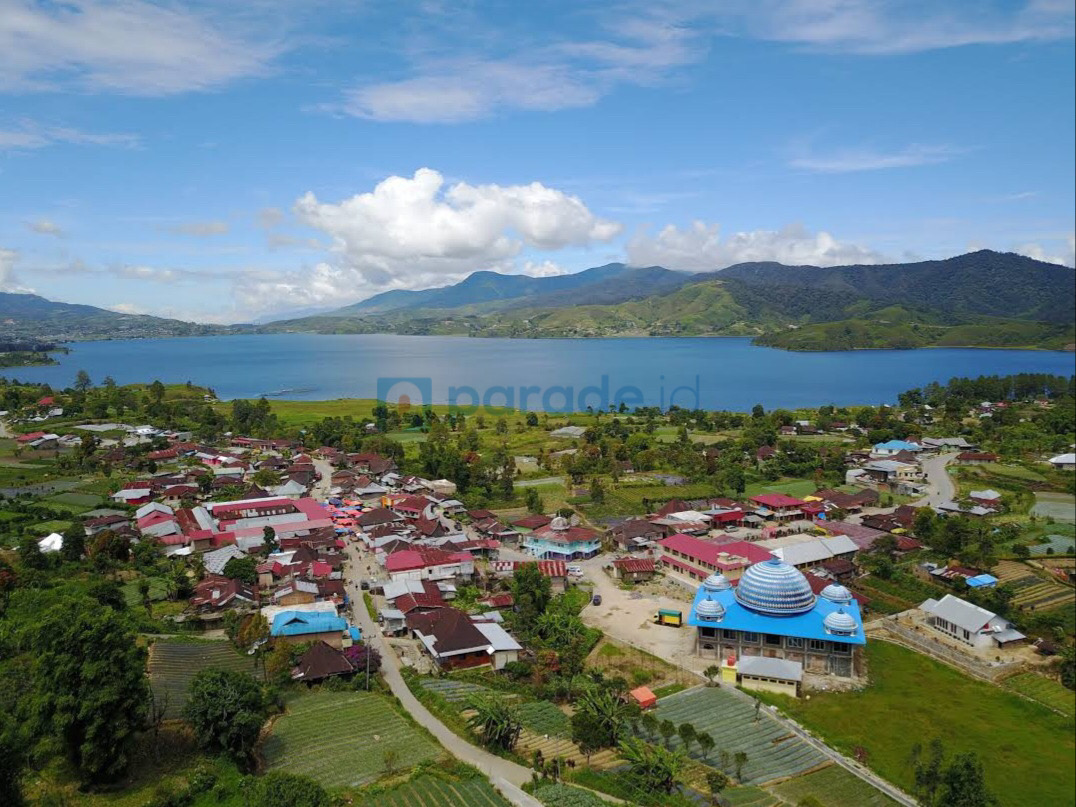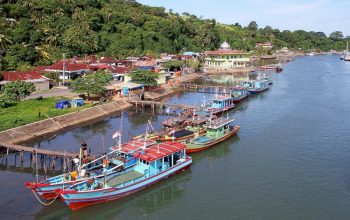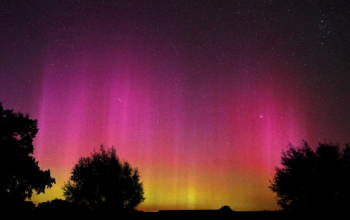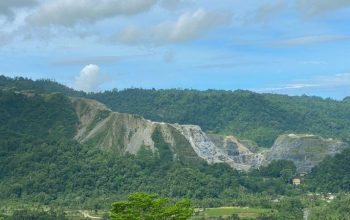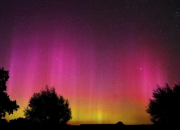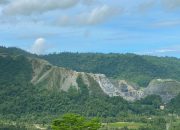Tropical regions are typically associated with warm, humid weather, lush rainforests, and abundant biodiversity. However, some areas within the tropics experience uncharacteristically cold temperatures. This phenomenon can be attributed to several factors, including altitude, ocean currents, and geographical features. Understanding these unique climates provides insights into the complexity of Earth’s weather systems.
High Altitude: The Key to Cool Tropics
One of the primary reasons for cold weather in tropical regions is high altitude. The temperature generally drops as altitude increases, a principle known as the lapse rate. This is why mountainous areas in the tropics, such as the Andes in South America, the Ethiopian Highlands in Africa, and the Himalayas in Asia, can experience freezing temperatures and even snow despite being located near the equator.
For instance, the city of Quito in Ecuador, which is situated at an altitude of around 2,850 meters (9,350 feet) above sea level, enjoys a mild climate with temperatures averaging between 10°C and 20°C (50°F to 68°F) throughout the year. Similarly, La Paz in Bolivia, which sits at an altitude of approximately 3,650 meters (11,975 feet), often experiences temperatures close to freezing during the night.
Ocean Currents and Their Impact
Ocean currents also play a significant role in influencing the climate of tropical regions. Cold ocean currents, such as the Humboldt Current along the west coast of South America and the Canary Current off the northwest coast of Africa, bring cooler temperatures to adjacent coastal areas. These currents can moderate the climate, making it much cooler than one would expect for regions situated within the tropics.
For example, Lima, the capital city of Peru, benefits from the cooling effects of the Humboldt Current. Despite its tropical latitude, Lima experiences mild temperatures ranging from 12°C to 29°C (54°F to 84°F) annually, and the city seldom sees significant rainfall.
Unique Geographical Features
Certain geographical features can also contribute to colder climates within tropical regions. These include high plateaus and valleys that trap cold air, and cloud forests that receive persistent cloud cover and mist. The cloud forests of Costa Rica and the mountainous regions of Papua New Guinea are prime examples of how local geography can influence microclimates, leading to cooler temperatures and unique ecosystems.
Conclusion
The existence of cold weather in tropical regions highlights the intricate interplay between various climatic factors, including altitude, ocean currents, and geographical features. These regions defy the typical expectations of tropical climates, offering unique environments that support diverse flora and fauna adapted to cooler conditions. Understanding these anomalies is crucial for comprehending the full complexity of Earth’s climate systems and the myriad factors that contribute to regional weather patterns.
